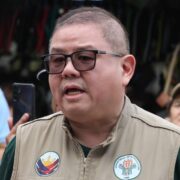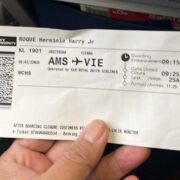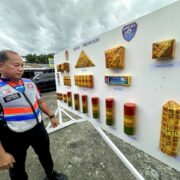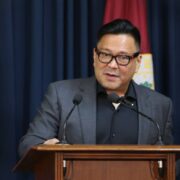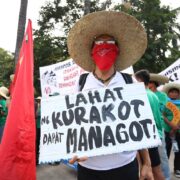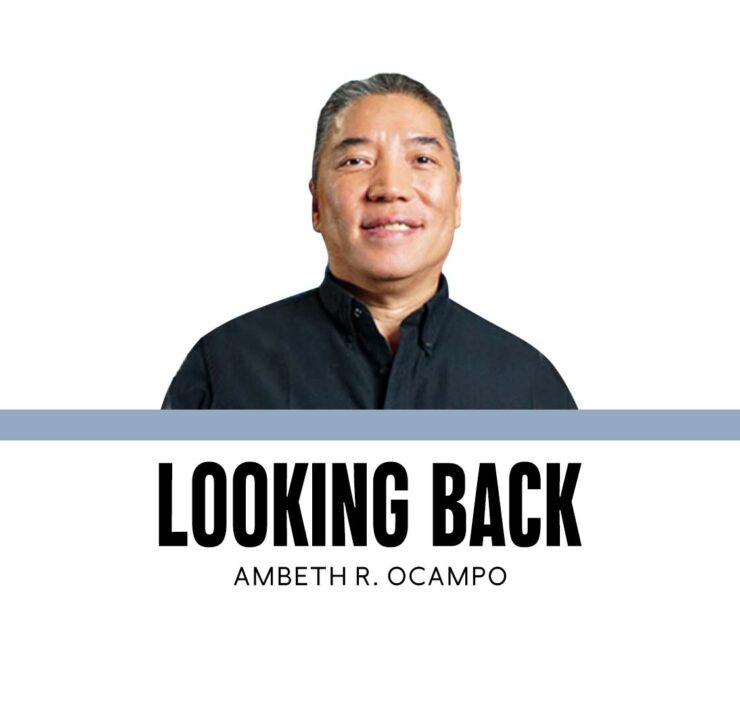‘Pearl of the Orient’
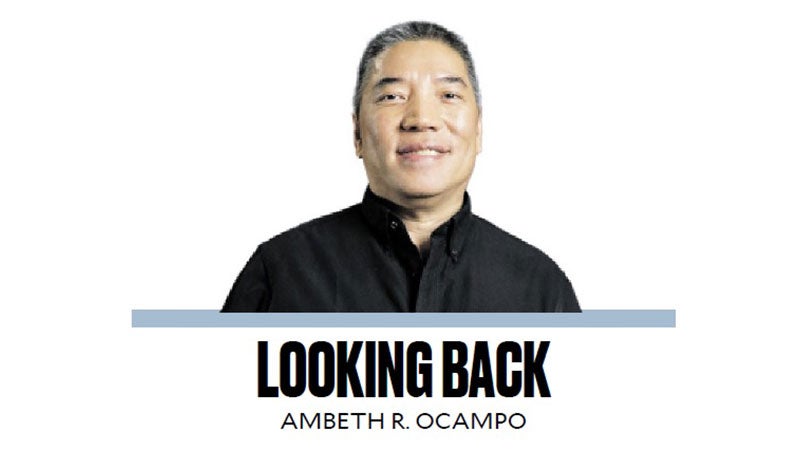
When people ask why I have not done research in the United States National Archives and Records Administration (Nara), my standard reply is that browsing the Philippine material in the US Library of Congress alone will take more than one lifetime. A Filipino historian entering Nara falls into the rabbit hole of “Alice in Wonderland,” lost in a sea of material preserved in a Maryland facility accessed by shuttle from the Nara main building in Washington. Fittingly designed as a neoclassical temple, the Nara building in Washington has a dedicated climate-controlled hall for the display and veneration of “America’s Founding Documents.” You enter a cold, dimly lit rotunda, and wander about to gaze on the “Charters of Freedom,” the original manuscripts of the US Declaration of Independence, the US Constitution, and the Bill of Rights. This hall is like a church, inspiring a moving experience of civic religion.
Thanks to the initiative of National Library of the Philippines director Cesar Gilbert Adriano, the treasures of the library are highlighted in a space I knew in the 1980s as the Rare Book Reading Room. Curated by public historian Xiao Chua, the rare books, archival documents, and historic artifacts outline the emergence of the Filipino nation. Manuscripts of Rizal’s “Noli me Tangere,” “El Filibusterismo,” and “Mi último adiós” that used to be locked in a vault following their sensational theft and recovery in 1961, are now on display. A narra table with bone in-lay used by Manuel Quezon is on a raised platform and cordoned off. In the 1980s, it was just part of the library’s furniture and I used it when serving as a Filipiniana reference advisor to students and researchers. There is a lot to see in this exhibit and one needs more than one visit to appreciate all of it.
An original 1734 Murillo Velarde Map of the Philippines is on display. The only one physically available to the public thanks to businessman Mel Velasco Velarde who acquired it at an auction and repatriated it to the Philippines. This map shows territory being claimed by China today as clearly part of the Philippines 290 years ago. On the lower part of the map, between “Borney” and Mindanao, is a medallion that provides a short history and background of the Philippines. Translated from the original Spanish, it reads:
“On Aug. 10 1519, Ferdinand Magellan left Seville, he arrived in Cebu on April 7, 1521 and was killed in Mactan. Miguel Lopez de Legazpi arrived in 1565 and on June 24, 1571 founded Manila as capital of the Philippines named after Philip II.
“These islands are numerous and rich, they have gold, wax, sugar, honey, tobacco, ginger, indigo, sibucao (Brazil wood) in various colors, siguey, balate, cotton, cacao, civet, sea shells, ima, sulphur, tar, rice, salt, wheat, maize, lemons, oranges, bananas, and many other fruits and edible roots, palo maria, tamarind. Cassia trees, Catbalogan seeds, dragon’s blood, lignum vitae trees, manungal that is better than quinine, and many other medicinal herbs, abaca that is like cañamo, coconuts, bamboo, rattan, and many types of palms, mahogany, tindalo, and excellent lumber for ships, horses, carabaos or buffaloes, cows, pigs, deer, chickens, and much fish. In Mindanao, cinnamon and pepper grow wild; in some places, there are pearls, amber, pinchbeck, and iron. The land is very productive if it were cultivated.
“The islands have an archbishopric and three bishoprics. A chancellery, three governorships, 21 provinces, 18 presidios (prisons), a foundry for artillery, a factory for gunpowder, printing houses, etc. The secular clergy have four dioceses and over 142 towns with 131,272 souls. Dominicans minister to 51 towns and 98,780 souls in the Tagalog, Pangasinan, and Cagayan provinces. Franciscans minister to 63 towns and 120,000 souls in the Tagalog and Camarines provinces. Augustinians minister over 115 towns in Tagalog, Pampanga, Ilocos, and Panay provinces with 292,973 souls. Jesuits minister over Tagalog and Visayan provinces with 88 towns in Mindanao of 160,199 souls. Recollects cover Mindoro, Caraga, Visayas, and Calamianes with 109 towns and 53,384 souls. The growth and cultivation of these new Christians is remarkable, they are ministered in different languages: Spanish, Tagalo, Sangley (Chinese), Pampango, Ilocano, Pangasinan, Cagayano, Bisaya, Camarines, etc.
“The indios (natives) are well-built, have good features, brown in complexion, and much inclined to religion, they are capable and are good writers, painters, sculptors, engravers, silversmiths, embroiderers, sailors, etc.”
While the above data was probably obsolete when the map was printed in 1734, it explains why Filipinas was considered the “Pearl of the Orient.” An archipelago at the crossroads of East and West due to the lucrative Manila-Acapulco Galleon Trade. Little wonder China covets part or all of it today.
—————
Comments are welcome at aocampo@ateneo.edu
Ambeth is a Public Historian whose research covers 19th century Philippines: its art, culture, and the people who figure in the birth of the nation. Professor and former Chair, Department of History, Ateneo de Manila University, he writes a widely-read editorial page column for the Philippine Daily Inquirer, and has published over 30 books—the most recent being: Martial Law: Looking Back 15 (Anvil, 2021) and Yaman: History and Heritage in Philippine Money (Bangko Sentral ng Pilipinas, 2021).




